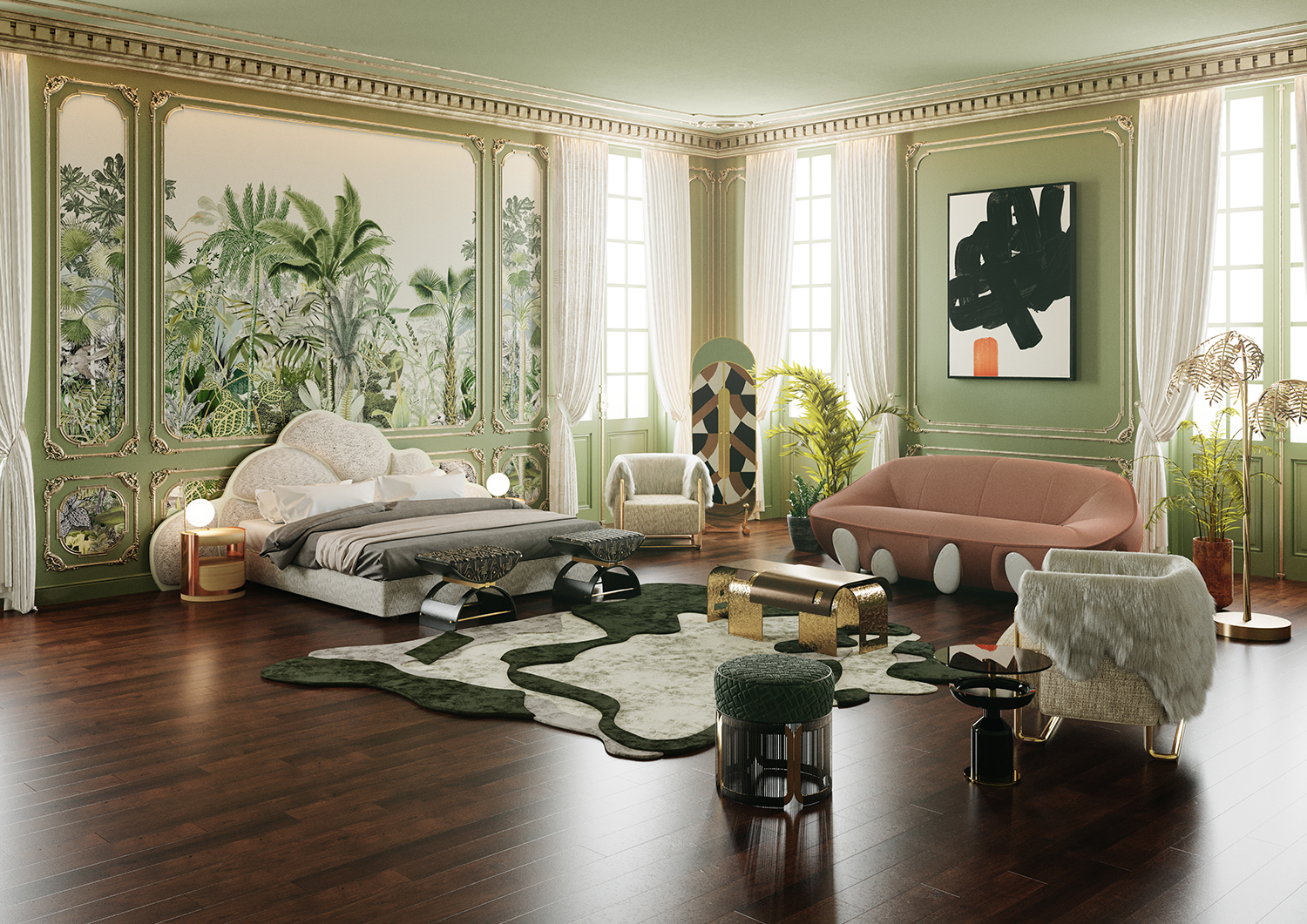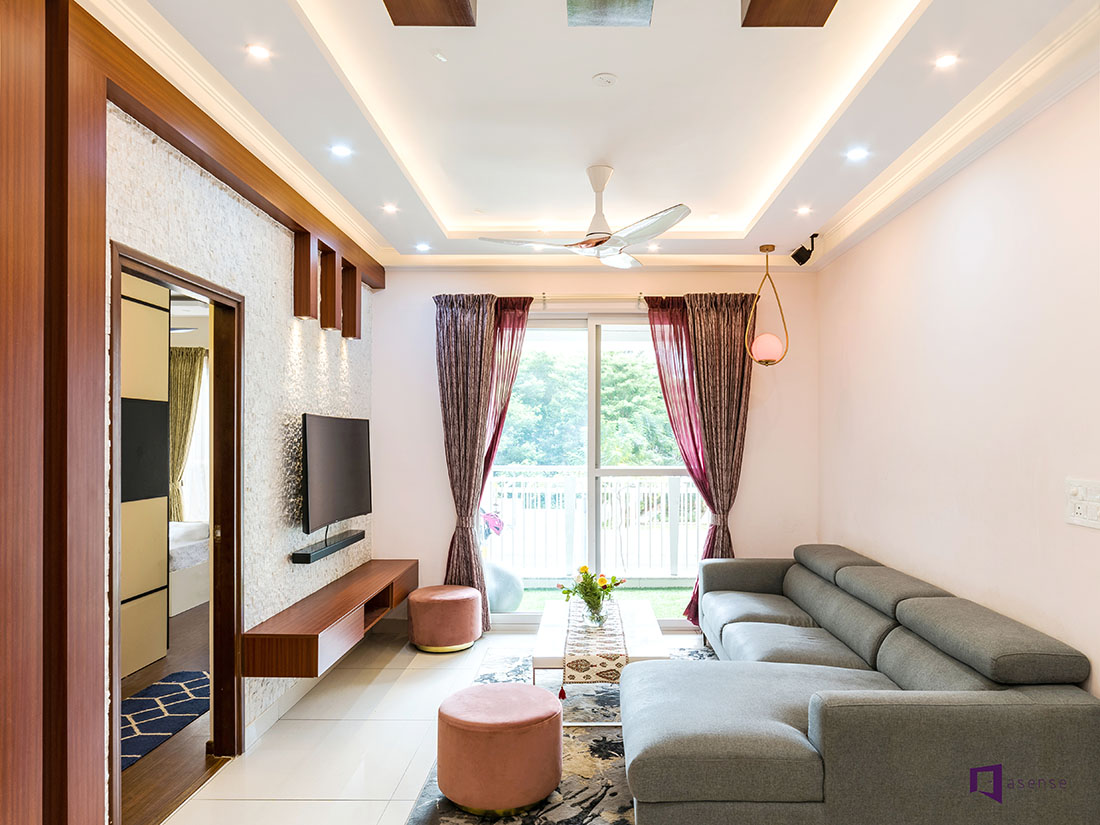Change Your Home With Important Principles of Interior Decoration and Aesthetics
The art of changing your home via the important concepts of indoor design and aesthetic appeal needs a thoughtful approach that balances shade, equilibrium, and spatial awareness. By understanding the impact of shade theory and the significance of structure and patterns, one can produce rooms that are not only aesthetically attractive yet also deeply individual. Achieving this equilibrium entails greater than plain design; it includes a critical arrangement and a keen understanding of how each element engages within a space. As we check out these fundamental principles, think about exactly how they could redefine your understanding of home and personal expression.
Comprehending Shade Concept
Color concept is a fundamental aspect of indoor layout that significantly affects state of mind, understanding, and general visual. Understanding the principles of shade theory allows developers to develop areas that reverberate emotionally with residents while meeting functional needs (interior design firms). Colors can be categorized right into three primary kinds: primary, additional, and tertiary. Each category plays an essential function in developing consistency within a space.
The psychological influence of colors is extensive; warm colors such as reds and oranges evoke energy and warmth, while awesome tones like blues and eco-friendlies advertise peace and serenity. The usage of corresponding shades enhances visual passion, developing striking contrasts that can raise an area's appeal.
Neutral colors, on the various other hand, offer as a functional background, enabling various other design elements to beam. It is necessary to think about variables such as lights and the space's function when choosing a color scheme, as these can modify the perception of colors throughout the day.
Ultimately, a well-considered color design can change an area, fostering a sense of convenience and design that straightens with the citizens' preferences. Proficiency of color theory is, as a result, a crucial skill for any type of interior developer intending to produce unified and inviting settings.
Accomplishing Balance in Layout
Exactly how can developers accomplish a sense of balance in their rooms? Accomplishing equilibrium in layout is fundamental to producing unified interiors.
Asymmetrical equilibrium, on the other hand, counts on differing elements that still achieve a natural look. This method permits more vibrant and informal arrangements, giving interest while maintaining stability. By thoroughly picking varying dimensions, shades, and textures, developers can produce a visually compelling area that feels well balanced yet energised.
Radial balance emphasizes a central prime focus with aspects emitting exterior. This design is commonly seen in round layouts, where furnishings and decoration create a natural border that attracts the eye inward.
Inevitably, attaining equilibrium needs thoughtful factor to consider of scale, percentage, and the relationships between aspects. luxury interior design. By masterfully applying these equilibrium concepts, developers can change areas into environments that really feel both aesthetically pleasing and functionally unified, boosting the total experience for occupants
Relevance of Spatial Awareness

A keen feeling of spatial understanding permits designers to determine focal points within an area, assisting the audience's interest to key functions while keeping a total sense of unity. It additionally assists in the strategic positioning of lighting, which can visit the website significantly influence the perception of space and state of mind. Recognizing spatial connections allows the designer to provide to the details requirements of occupants, making sure that each area serves its desired objective without jeopardizing aesthetic appeals.
Inevitably, spatial recognition is vital for maximizing the possibility of any type of interior room. By very carefully taking into consideration the interaction between measurements, design, and function, developers can produce settings that not just satisfy functional demands but likewise stimulate a sense of convenience and elegance, improving the general living experience.
Including Structure and Patterns
Embracing a varied variety of appearances and patterns can substantially enhance the aesthetic and tactile appeal of an indoor room. The calculated use of different products-- such as timber, metal, textile, and stone-- develops depth and rate of interest, making a room feel a lot more inviting and vibrant. Incorporating smooth surfaces with rough appearances can develop an equilibrium that draws the eye and engages the detects.
When including patterns, consider both scale and repeating. Large patterns can act as prime focus, while smaller, subtle styles can enhance other components without overwhelming the area. Layering patterns, such as pairing flower paddings with candy striped throws, adds intricacy and a sense of harmony if carried out attentively.
It is also vital to preserve a natural color combination, guaranteeing that textures and patterns interact instead of complete for interest. By choosing a few key textures and patterns, you can develop a linked visual that reflects your individual design while improving the overall ambiance of the space. Eventually, the careful incorporation of these components can change a mundane space right into an advanced atmosphere rich with personality and heat.
Personalizing Your Space
Developing a space that shows your personality is crucial to accomplishing a really welcoming atmosphere. Personalization in indoor design allows you to instill your distinct design and rate of interests into your home, changing it from a mere sanctuary right into a haven that talks with who you are. Begin by selecting a shade palette that reverberates with your emotions-- vibrant colors can energize, while soft tones supply serenity.
Include artwork and style that show browse around this site your passions, whether it be traveling, nature, or abstract principles. Showing individual collections, such as books, pictures, or keepsakes, can evoke valued memories and create centerpieces within a room. In addition, take into consideration tailoring useful pieces, like This Site upholstered furnishings, to straighten with your aesthetic choices.

Verdict
Finally, the change of a home with the essential principles of interior layout and aesthetic appeal demands an extensive understanding of shade theory, equilibrium, spatial awareness, structure, and personalization. Each element adds dramatically to creating a harmonious and practical living atmosphere - interior design firms. By thoughtfully integrating these concepts, people can boost the aesthetic allure and psychological vibration of their areas, inevitably cultivating a home that reflects unique identities while providing comfort and practicality
Comments on “Enhance your space with timeless luxury interior design.”